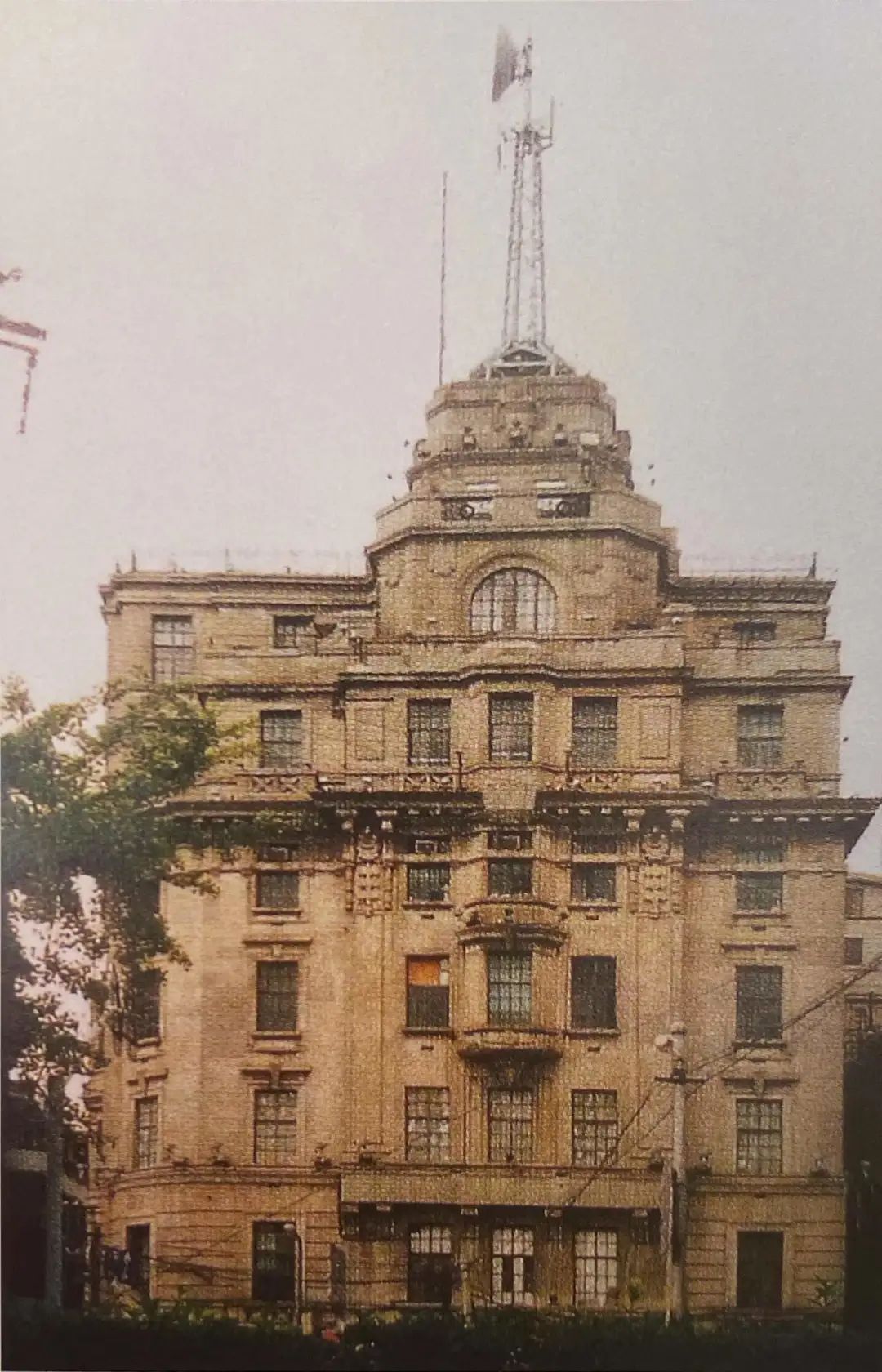At the beginning of 2020, the attack of the novel coronavirus will have a great impact on our work and life. As a position for the treatment of major epidemics, hospitals are an important fulcrum of public health services. How to establish a scientific, reasonable and complete hospital is very important..
Today, let’s learn about the key points of hospital architectural design together..
1. The hospital site selection should comply with the requirements of local urban planning, regional health planning, and environmental protection assessment..
3. Vehicle parking areas should be set up near the entrances of outpatient, emergency, and inpatient rooms..
4. The morgue and pathological dissection room should be located in a concealed area of the hospital. When an incinerator is required, it should avoid the influence of wind direction and be isolated from the main building. The route for transporting corpses should avoid crossing with the entrance and exit routes..
6. The distance between the front and back of the ward building should meet the requirements of sunlight and hygiene, and should not be less than 12m..
7. Employees are not allowed to build residential buildings within medical land. When medical land is adjacent to employee residential land, it should be separated and an entrance/exit should be set up separately..
Medical buildings may seem intricate, but in reality, their functional patterns have strong regularity. Taking a comprehensive hospital as an example, its building functions are divided into seven parts: outpatient, emergency, medical technology, hospitalization, logistics support system, administrative management, and hospital life..
1. The setting of building entrances and exits should meet the following requirements:.
2. An identification system with guidance, management and other functions should be set up, and it should meet the following requirements:.
5. The clear width of the passage for pushing beds should not be less than 2.40m. For those with height differences, they should be connected by ramps, and the slope of the ramps should be designed as accessible ramps..
6. More than 50% of the ward’s sunshine should comply with the relevant provisions of the current national standard “General Principles for Design of Civil Buildings” GB 50352..
7. Outpatients, emergency departments, and wards should fully utilize natural ventilation and natural lighting..
1. The outpatient department should be located near the hospital traffic entrance, adjacent to the medical technology room, and should handle the interrelationships among various departments within the outpatient department. The flow line should be reasonable and avoid hospital infections..
5. The setting of gynecological, obstetric, and family planning rooms should meet the following requirements:.
3. When the foyer is also used for triage, its area should not be less than 24.00 square meters..
5. The net distance between observation beds arranged in parallel in the rescue and monitoring room should not be less than 1.20m, and when separated by hanging curtains, it should not be less than 1.40m. The net distance between the bed edge and the wall should not be less than 1.00m..
1. Outpatients for infectious diseases such as digestive tract and respiratory tract should form a separate area and have separate entrances and exits..
2. The infection outpatient department should set up functional rooms such as triage, reception, registration, charging, pharmacy, testing, diagnosis, isolation observation, treatment, medical staff changing clothes, buffer, and dedicated toilets according to specific situations..
1. The inpatient department should form a separate area, with separate or shared entrances and exits, and should be located in a quiet and easily accessible area of the hospital. It should have convenient connections with the medical technology department, surgery department, and emergency department, and should be close to the hospital’s energy center, nutrition kitchen, laundry room, and other auxiliary facilities..
1. A room should be set up for patient registration, settlement, and visitation management;.
2 public facilities that can serve patients..
3. The scale of each nursing unit should comply with the Comprehensive Hospital Building Design Regulations.


